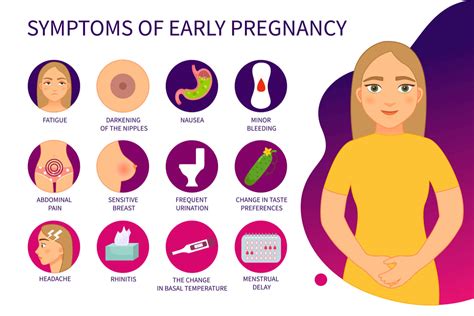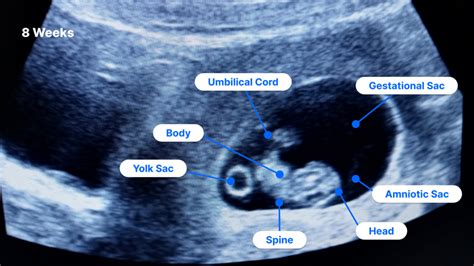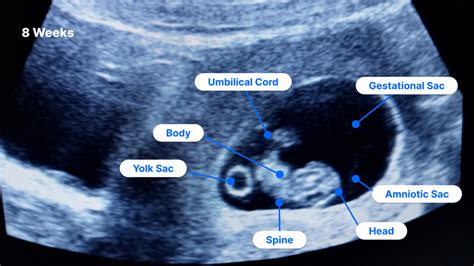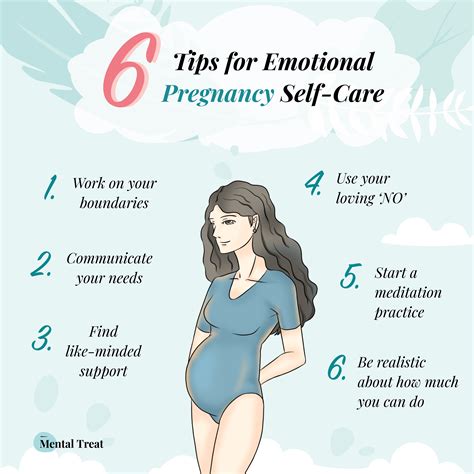Intro
As the eighth week of pregnancy begins, many women are eager to know what to expect and how their baby is developing. This period is crucial, and understanding the changes that occur can help expectant mothers prepare for the journey ahead. The eighth week is a time of significant growth and transformation, both for the baby and the mother.
At eight weeks pregnant, women may start to notice more pronounced symptoms, such as morning sickness, fatigue, and mood swings. These symptoms are a result of the hormonal changes taking place in the body. Despite the challenges, this is an exciting time, as the embryo is now officially called a fetus, marking a significant milestone in development.
The fetus at this stage is approximately the size of a raspberry, measuring about 1.6 inches in length. Despite its small size, the fetus is undergoing rapid development, with major organs and body systems beginning to form. The heart is now pumping blood, and the lungs are starting to develop. The fetus's digestive system is also practicing contractions, preparing for life outside the womb.
Pregnancy Symptoms at 8 Weeks

Managing Symptoms
Managing these symptoms is crucial for the well-being of both the mother and the fetus. Here are some tips: - Stay hydrated to help alleviate morning sickness. - Rest when needed to combat fatigue. - Practice stress-reducing techniques, such as meditation or deep breathing, to manage mood swings. - Wear comfortable clothing to minimize breast tenderness. - Take regular, small meals to help manage hunger and reduce nausea.Fetal Development at 8 Weeks

Supporting Fetal Development
Supporting the fetus's development involves a healthy lifestyle and regular prenatal care. Key considerations include: - A balanced diet rich in essential nutrients like folic acid, iron, and calcium. - Avoiding harmful substances such as alcohol, tobacco, and certain medications. - Engaging in light physical activity, as recommended by a healthcare provider. - Attending all scheduled prenatal appointments for monitoring and guidance.Prenatal Care at 8 Weeks

Preparing for the Future
As the pregnancy progresses, it's essential to start preparing for the future. This includes: - Reading about pregnancy, childbirth, and parenting to be informed. - Considering childbirth education classes for knowledge on labor, delivery, and postpartum care. - Thinking about baby-proofing the home and preparing the nursery. - Discussing parental leave and childcare options with partners and employers.Emotional Well-being During Pregnancy

Maintaining Relationships
Maintaining strong relationships during pregnancy can provide valuable support. Tips include: - Communicating openly with partners about feelings, needs, and expectations. - Spending quality time with loved ones, doing activities that bring joy. - Building a support network of friends, family, and fellow expectant mothers. - Being open to help and offers of support from others.Nutrition and Pregnancy

Meal Planning
Meal planning can help ensure a balanced diet. Suggestions include: - Planning meals in advance to avoid last-minute, potentially unhealthy choices. - Incorporating foods rich in omega-3 fatty acids, such as salmon, for fetal brain development. - Cooking at home using fresh ingredients to control nutritional content. - Snacking on fruits, nuts, and vegetables for quick energy boosts.Exercise During Pregnancy

Safe Exercises
It's essential to choose exercises that are safe during pregnancy. Recommendations include: - Walking, swimming, and prenatal yoga for low-impact activity. - Avoiding contact sports and high-impact exercises that could risk injury. - Listening to the body and resting when needed. - Consulting with a healthcare provider before starting any new exercise routine.What are the most common symptoms at 8 weeks of pregnancy?
+Morning sickness, fatigue, mood swings, breast tenderness, and frequent urination are common symptoms experienced by many women at 8 weeks pregnant.
How can I manage morning sickness during the 8th week of pregnancy?
+Staying hydrated, eating small, frequent meals, avoiding strong smells, and taking prenatal vitamins with food can help manage morning sickness.
Is it safe to exercise during the 8th week of pregnancy?
+Yes, exercising during pregnancy is safe and beneficial when done correctly. It's recommended to engage in low-impact activities like walking, swimming, or prenatal yoga, and to consult with a healthcare provider before starting any new exercise routine.
As the eighth week of pregnancy comes to a close, it's a time for reflection and preparation for the weeks ahead. By understanding the physical and emotional changes, supporting fetal development, and maintaining a healthy lifestyle, expectant mothers can navigate this journey with confidence and excitement. Remember, each pregnancy is unique, and what works for one person may not work for another. Always consult with a healthcare provider for personalized advice and care. We invite you to share your experiences, ask questions, or offer advice in the comments below, creating a supportive community for all expectant mothers.
